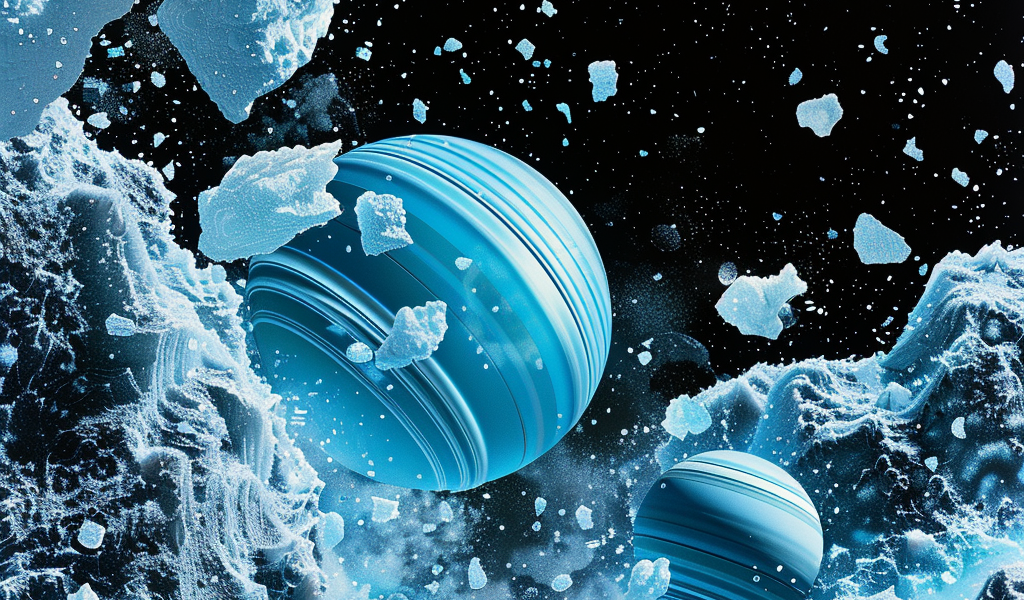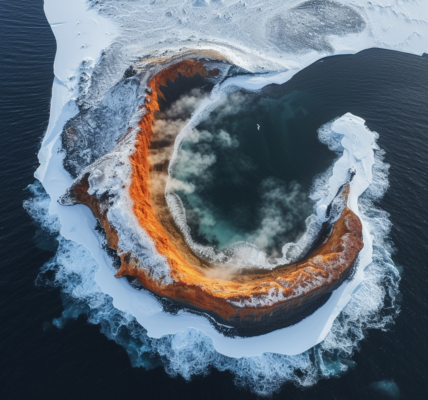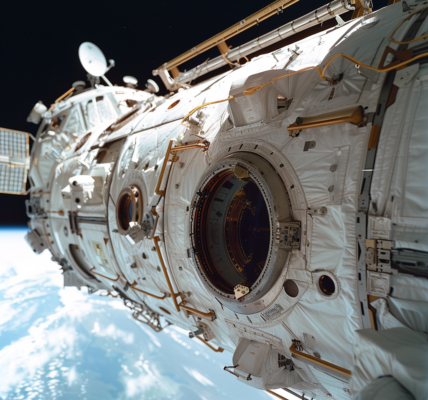A recent study suggests that the composition of the ice giants Uranus and Neptune may not be as previously believed. While it has long been thought that these planets are rich in frozen water, the study hints at the presence of significant amounts of frozen methane as well.
The findings of this study could potentially solve the puzzle of how these icy worlds formed, shedding light on their mysterious compositions. Despite being the subject of much scientific curiosity, Uranus and Neptune remain relatively unexplored, with Voyager 2 being the only spacecraft to have visited them in the 1980s.
Due to the limited data available, scientists have had to rely on models to understand the physical properties of these planets. These models typically assume a thin hydrogen and helium envelope, a layer of compressed superionic water and ammonia, and a central rocky core, with the water content giving them the ‘ice giant’ classification. Estimates suggest that each of these planets may contain up to 50,000 times the quantity of water found in Earth’s oceans.
However, the authors of the new study argue that these models overlook the process of how the ice giants were formed. As Uranus and Neptune coalesced from the dust cloud around the young sun, they accumulated objects known as planetesimals, similar to present-day comets originating in the Kuiper Belt. These planetesimals are rich in carbon, in contrast to the assumed water-rich composition of the ice giants, raising questions about the formation process.
Uri Malamud, the lead author of the study and a planetary scientist at Technion – Israel Institute of Technology, highlights the challenge of forming an icy giant from carbon-rich building blocks. The study suggests that the ice giants may contain substantial amounts of frozen methane, potentially reconciling the discrepancy between their assumed composition and the nature of the planetesimals they accreted.
While further exploration is needed to confirm these findings, the study offers a new perspective on the composition and formation of Uranus and Neptune, opening up avenues for future research and exploration missions to unravel the mysteries of these enigmatic ice giants.





